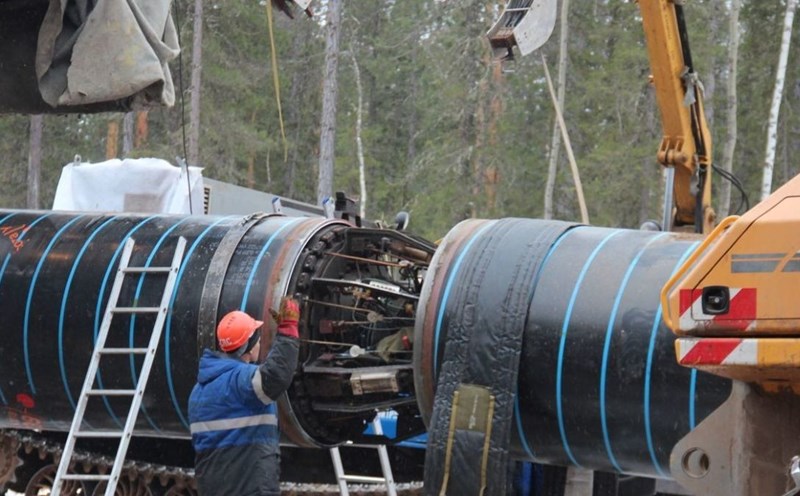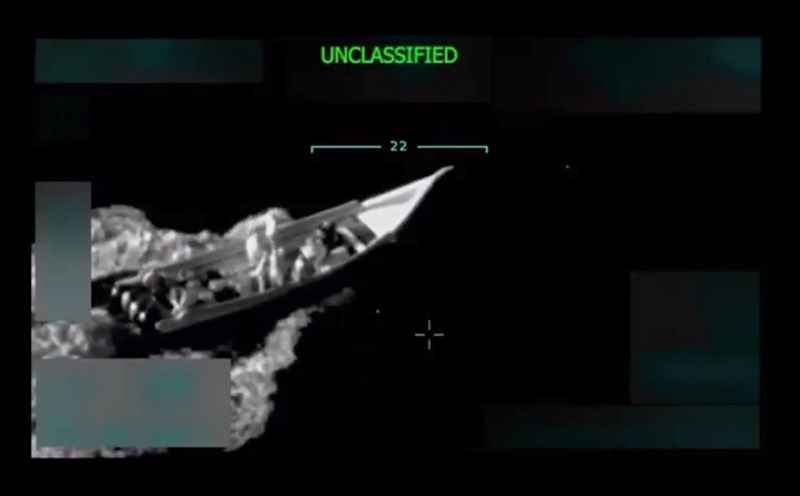At the plenary session of the Eastern Economic Forum (EEF) on September 5 in Vladivostok, Russian President Vladimir Putin affirmed that the price of Russian gas sold to China is calculated based on the same formula as when supplying to Europe.
Mr. Putin emphasized: "This is a project that is beneficial to both sides. In terms of prices, first of all, it is based on the market, secondly, it is calculated almost according to the same formula that was once applied to Europe. The formula is the same, but the ingredients in the formula - the price of the products - are different between regions.
The Russian leader especially praised the Power of Siberia 2 gas pipeline project (Power of Siberia 2), considering it one of the world's largest energy projects, connecting the Western Siberia gas fields with the Xinjiang Autonomous Region (China) through Mongolia, with a designed capacity of 50 billion m3/year.
This is the result of many years of negotiations and efforts to find common ground between Gazprom and its Chinese partners, Putin said.
Meanwhile, Kazakhstan's first deputy prime minister Roman Sklyar said the two sides are discussing a new gas pipeline from Russia via Kazakhstan to China. "The project is complicated and depends on many factors, but preparation is taking place. We expect positive results, said Mr. Sklyar.
According to analysts, the Power of Siberia 2 pipeline not only helps China ensure energy security in the context of increasing risks of seafood supply, but also allows Russia to strongly rotate its axis to the Asia- Europe market, reducing dependence on European customers.
Mr. Kirill Babaev, Director of the Institute of China and Contemporary Asia (Russian Academy of Sciences), commented: The Iranian crisis shows that just one decision from the US could paralyze the supply of sea. The pipeline will give China more confidence in energy security, while Russia will also rebalance its export balance, instead of relying on Western Europe.
The project has passed the feasibility study step since January 2022 and was approved by Mongolia for national appraisal in March 2025. This is seen as a symbol of Russia's strategic shift on the global energy map.











